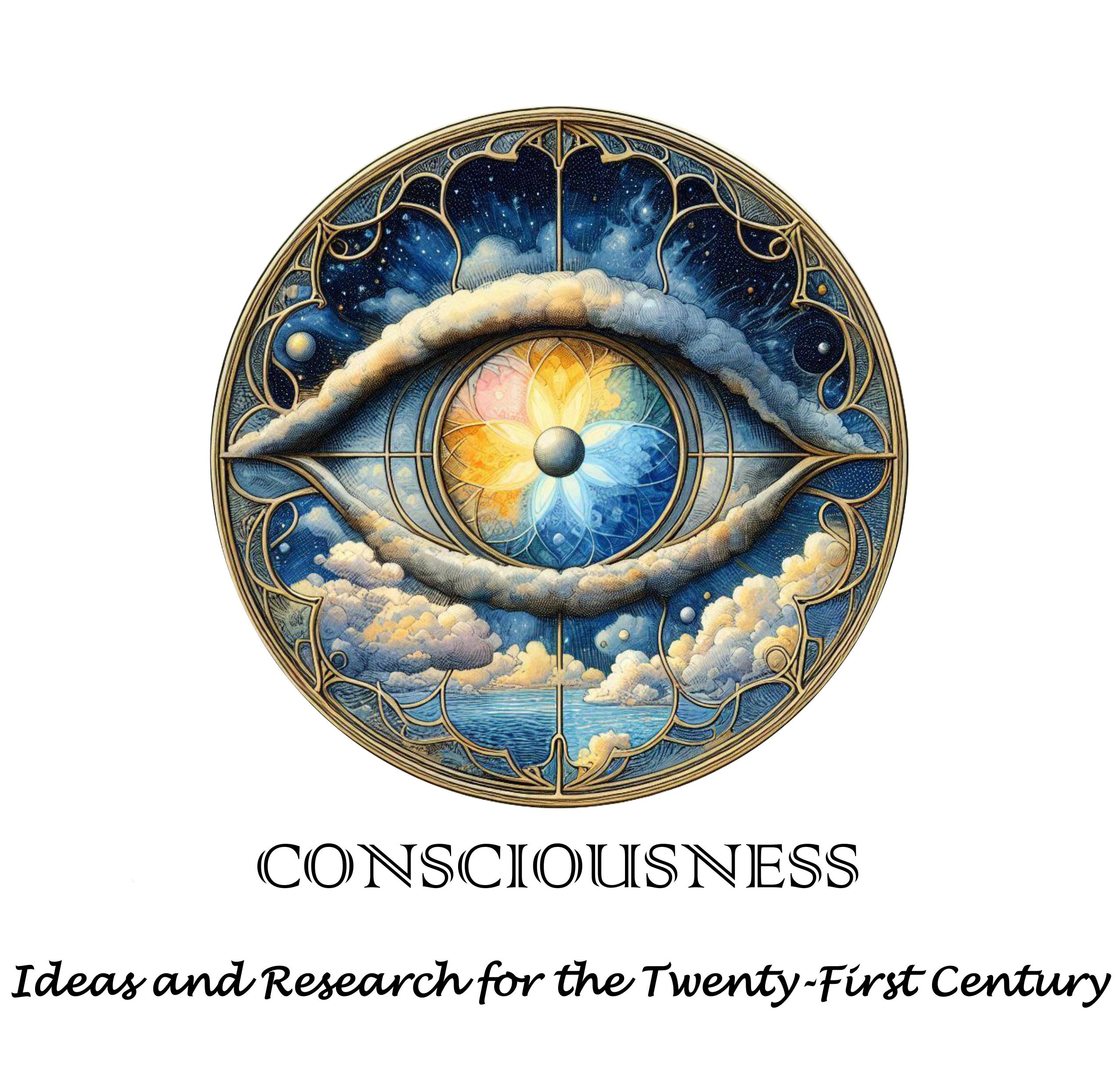
Abstract
In the last several decades, there has been an explosion of research concerning consciousness with some efforts at mathematical modelling. The purpose of this paper is to model conscious states using categorical constructions. In particular, this modelling captures temporality, the intentional structure of consciousness, and meaning fields, which provide the templates for occurrent events. The architecture of conscious states naturally lends itself to applications of category theory, more specifically to sheaf-like constructions in which the stacks over a site are topoi whose germs are the objects of the topoi. Each topos represents the potential experiential content of an individual where the objects represent meaning fields, the phenomenological subject is represented by the terminal object, and the morphisms from the terminal object into the objects, the elements, represent attentional targeting of the specific content of meaning fields yielding an individual=s subjective experience. Temporality is represented by movement along the objects of the site, with different possible realities denoted by switching between contravariant functors over the site. This is an innovative way of modelling conscious states with the possibility of creating potentially useful ways of thinking about them that could then be empirically tested.
Recommended Citation
Baruss, Imants
(2019)
"Categorical Modelling of Conscious States,"
CONSCIOUSNESS: Ideas and Research for the Twenty-First Century: Vol. 7:
Iss.
7, Article 1.
Available at:
https://digitalcommons.ciis.edu/conscjournal/vol7/iss7/1
Included in
Clinical Psychology Commons, Cognition and Perception Commons, Cognitive Psychology Commons, Other Life Sciences Commons, Other Neuroscience and Neurobiology Commons, Philosophy Commons, Psychiatry and Psychology Commons, Quantitative, Qualitative, Comparative, and Historical Methodologies Commons, Social Psychology Commons, Social Psychology and Interaction Commons, Sociology of Culture Commons, Sociology of Religion Commons, Transpersonal Psychology Commons


